What to Eat and Where to Find It
Sri Lanka, the teardrop-shaped island in the Indian Ocean, is a paradise not just for its scenic beauty but also for its rich and diverse culinary landscape. Influenced by centuries of trade and colonization, Sri Lankan cuisine is a flavorful amalgamation of local ingredients, spices, and cooking techniques. From fiery curries and aromatic rice dishes to sweet treats and refreshing beverages, the island offers a gastronomic journey that tantalizes the taste buds. This guide will introduce you to the must-try dishes and where to find them, ensuring you experience the authentic flavors of Sri Lanka.
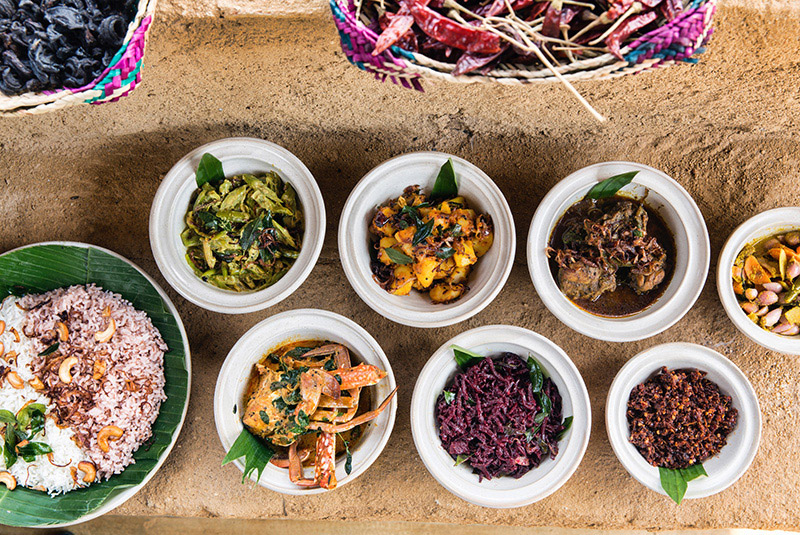
The Essence of Sri Lankan Cuisine
Sri Lankan food is characterized by its use of a wide array of spices, herbs, and fresh ingredients. Key features include:
- Rice and Curry: The staple meal, usually consisting of steamed rice served with a variety of curries made from vegetables, meat, or fish.
- Coconut: Used in various forms—milk, oil, and grated—in many dishes.
- Spices: Including chili, turmeric, cumin, coriander, cinnamon, and cardamom.
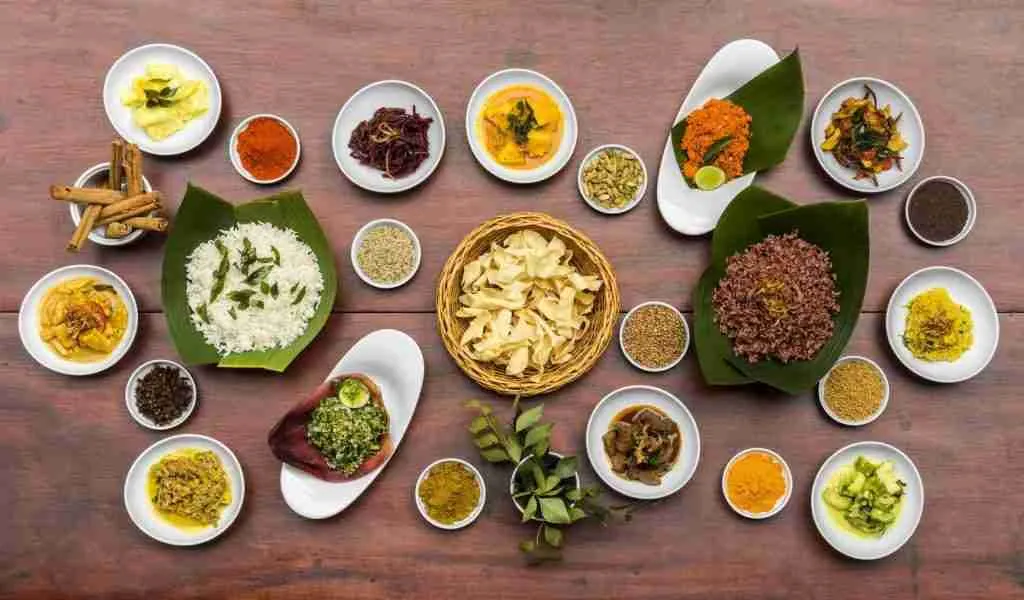
1. Rice and Curry
What It Is: A quintessential Sri Lankan meal featuring a mound of rice accompanied by multiple curries, sambols (condiments), and pickles.
Variations:
- Fish Curry: Made with fresh fish simmered in a spicy coconut gravy.
- Parippu (Dhal Curry): Lentils cooked with spices and coconut milk.
- Gotu Kola Sambol: A salad made from finely chopped leafy greens mixed with coconut, onion, and chili.
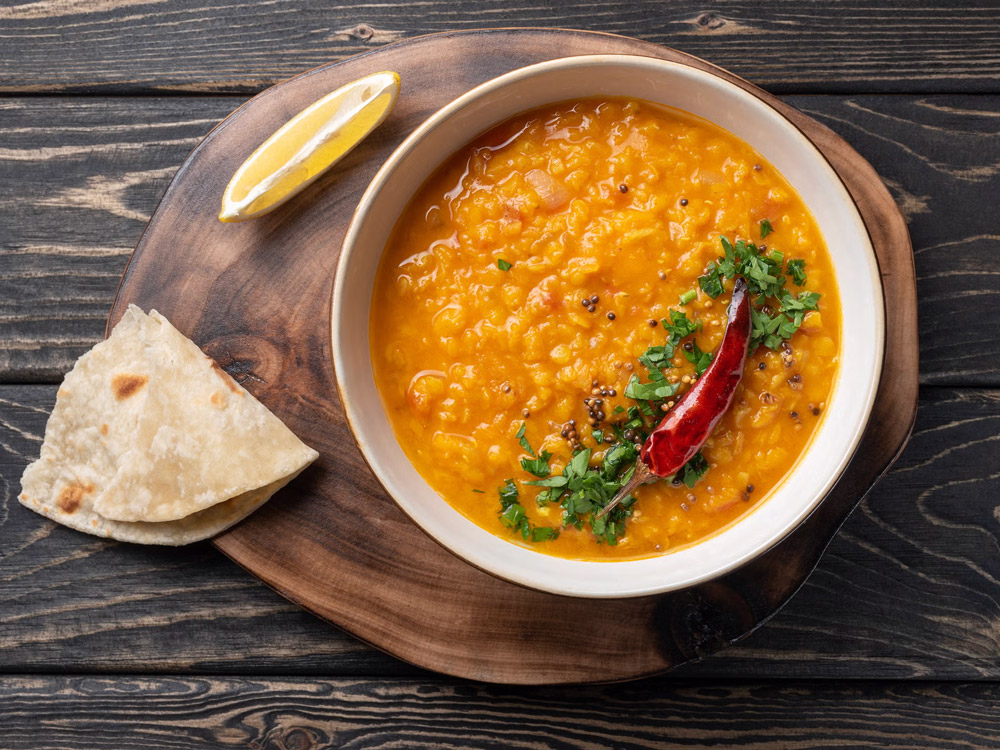
Where to Find It:
- Local Eateries: Almost every local restaurant across Sri Lanka offers rice and curry.
- Recommended Spots:
- Upali’s by Nawaloka in Colombo
- Matey Hut in Ella
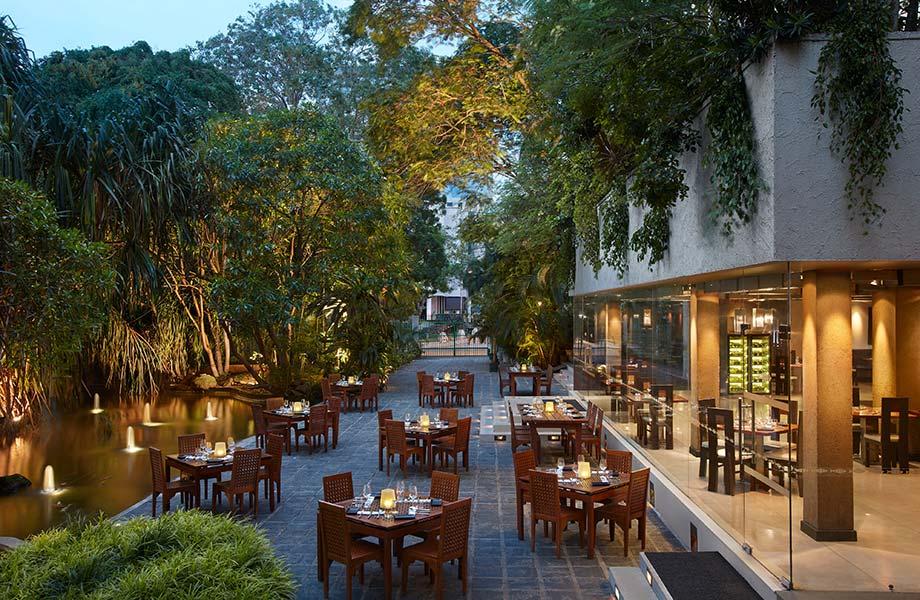
2. Hoppers (Appa)
What It Is: Bowl-shaped pancakes made from fermented rice flour and coconut milk batter.
Types:
- Plain Hoppers: Eaten with lunu miris (spicy onion relish) or curry.
- Egg Hoppers: An egg cracked into the hopper while cooking.
- String Hoppers (Idiyappam): Steamed rice noodle nests, served with curry.
Where to Find It:
- The Hoppers: Popular chain in Colombo specializing in hoppers.
- Street Vendors: Found in markets and roadside stalls during evenings.
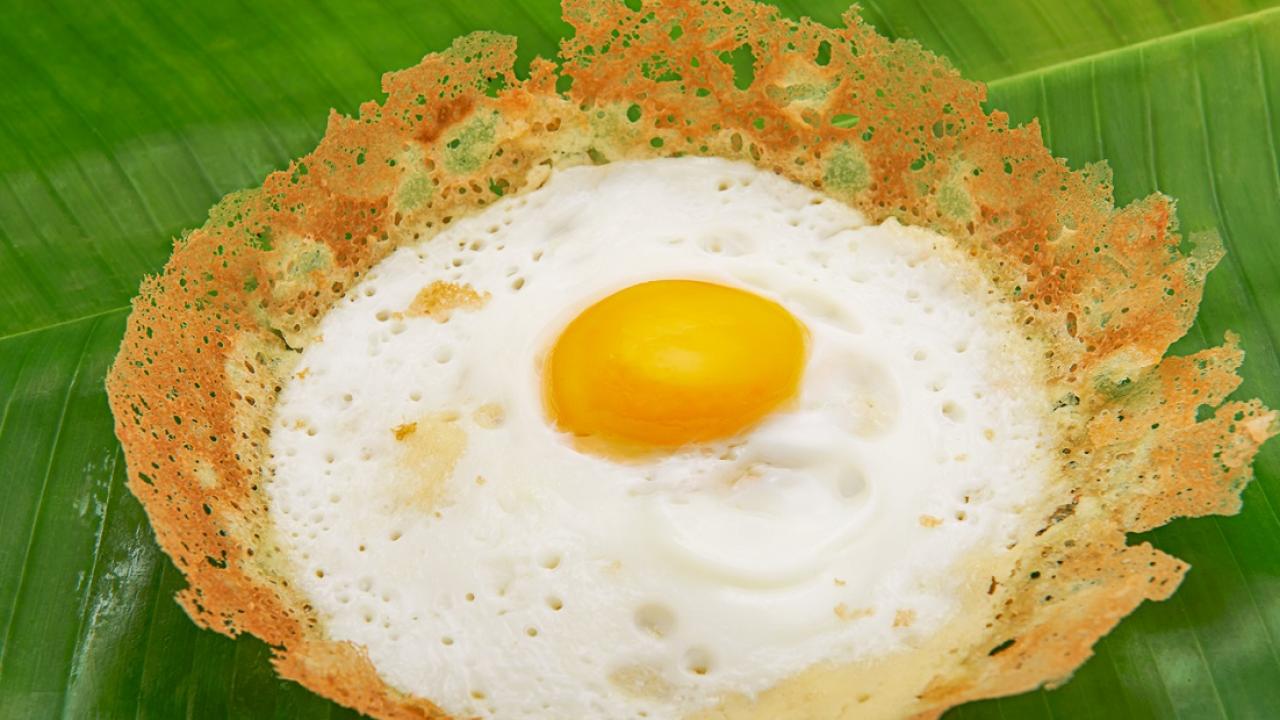
3. Kottu Roti
What It Is: A stir-fry dish made from chopped roti bread mixed with vegetables, eggs, and/or meat, seasoned with spices and sometimes cheese.
Variations:
- Chicken Kottu
- Vegetable Kottu
- Cheese Kottu
Where to Find It:
- Pilawoos: A famous eatery in Colombo known for its kottu.
- Hotel De New in Kandy.
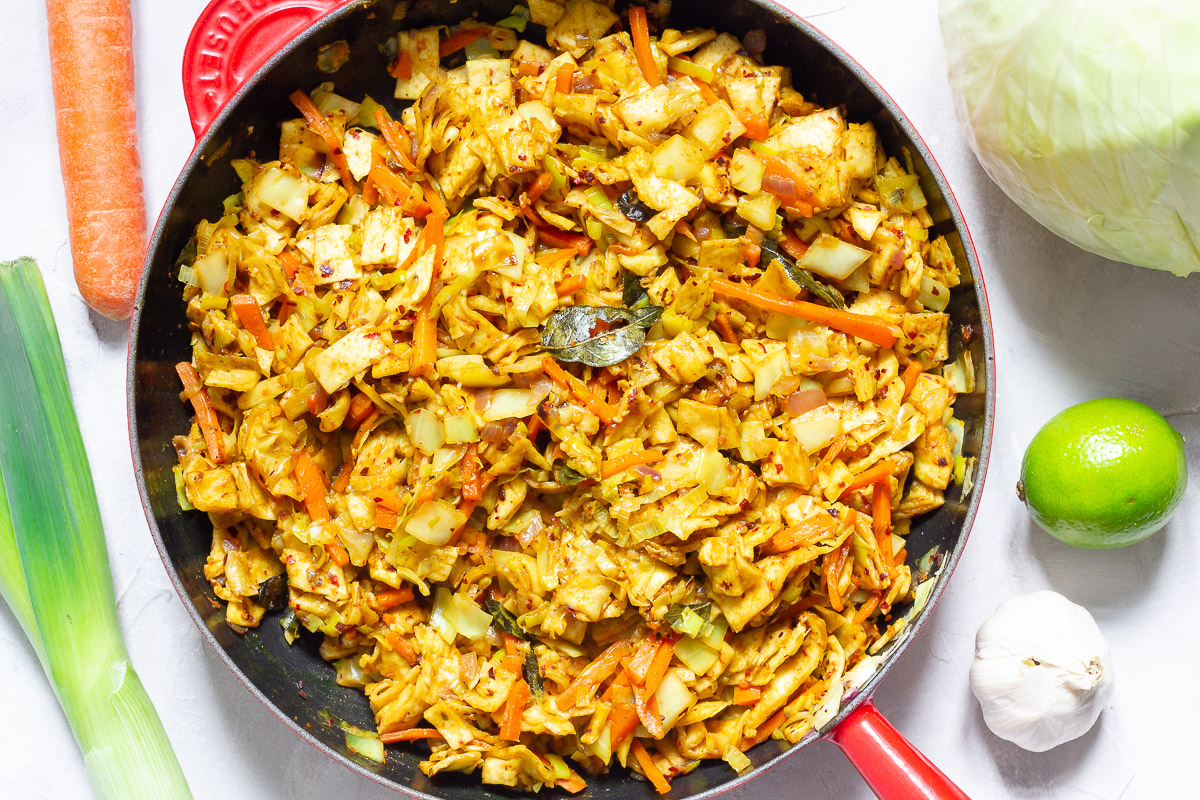
4. Lamprais
What It Is: A Dutch-influenced dish consisting of rice cooked in stock, accompanied by meat curry, ash plantain curry, eggplant, and frikkadels (meatballs), all wrapped in a banana leaf and baked.
Where to Find It:
- The Dutch Burgher Union in Colombo.
- Green Cabin in Colombo.
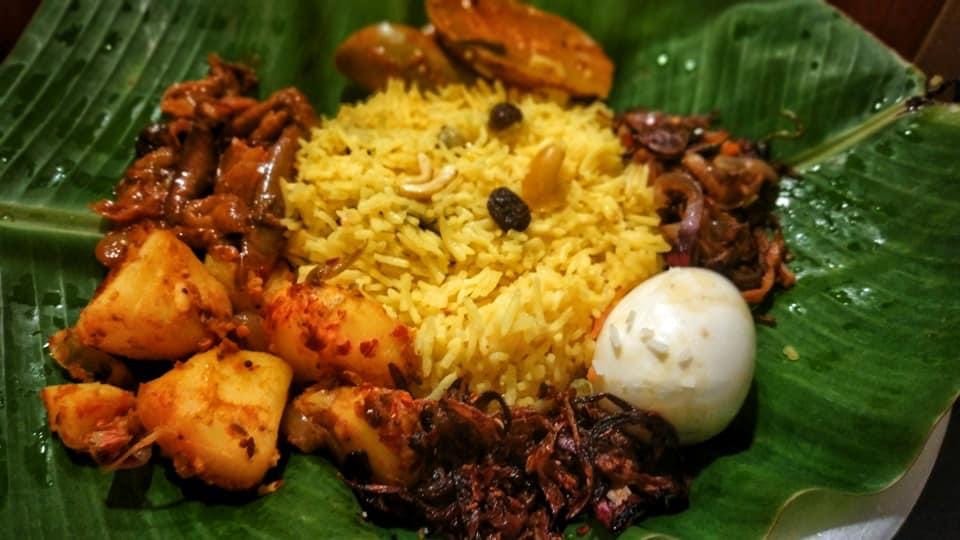
5. Polos Curry (Young Jackfruit Curry)
What It Is: Tender pieces of young jackfruit cooked in a blend of spices and coconut milk until soft.
Where to Find It:
- Local Village Restaurants: Particularly in rural areas.
- Ministry of Crab in Colombo offers a gourmet version.
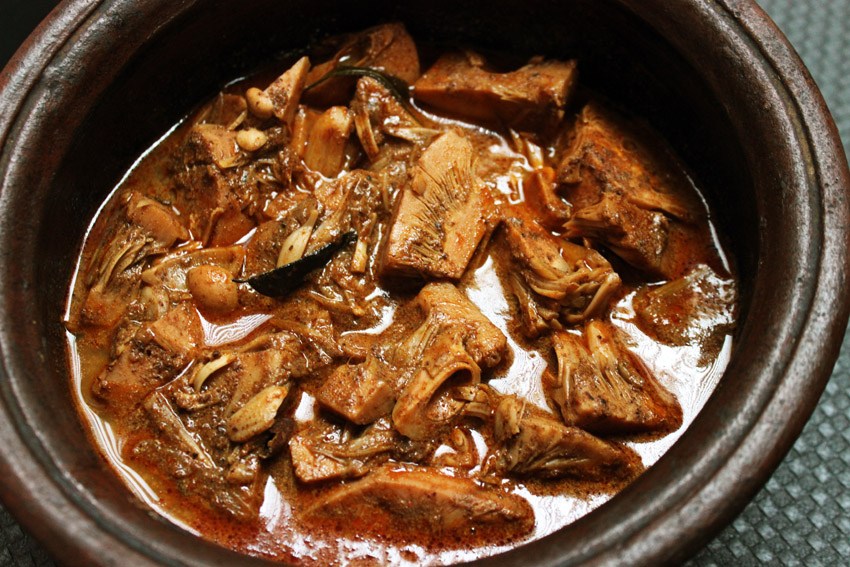
6. Kiribath (Milk Rice)
What It Is: Rice cooked in coconut milk, often served in diamond shapes.
When to Eat: Commonly eaten during special occasions and festivals, but also as a breakfast item.
Accompaniments:
- Lunu Miris: Spicy onion relish.
- Jaggery: For a sweet touch.
Where to Find It:
- Local Homes: Often prepared during festivals.
- Traditional Breakfast Buffet in hotels.
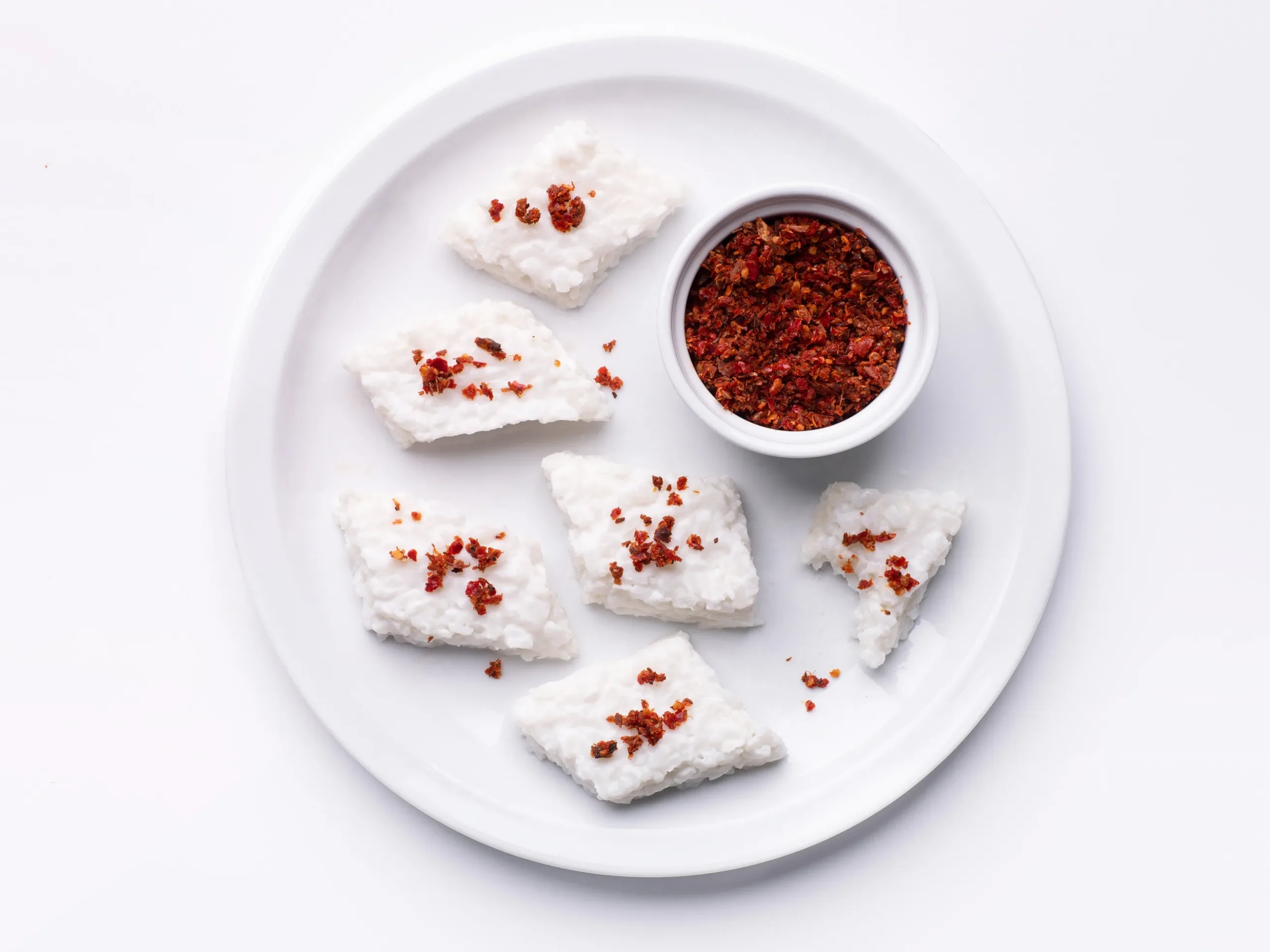
7. Seafood Delicacies
What to Eat:
- Crab Curry: Fresh crabs cooked in a rich, spicy curry.
- Prawn Curry
- Grilled Fish
Where to Find It:
- Ministry of Crab in Colombo, co-founded by celebrity chef Dharshan Munidasa.
- Seafood Cove at Mount Lavinia Hotel.
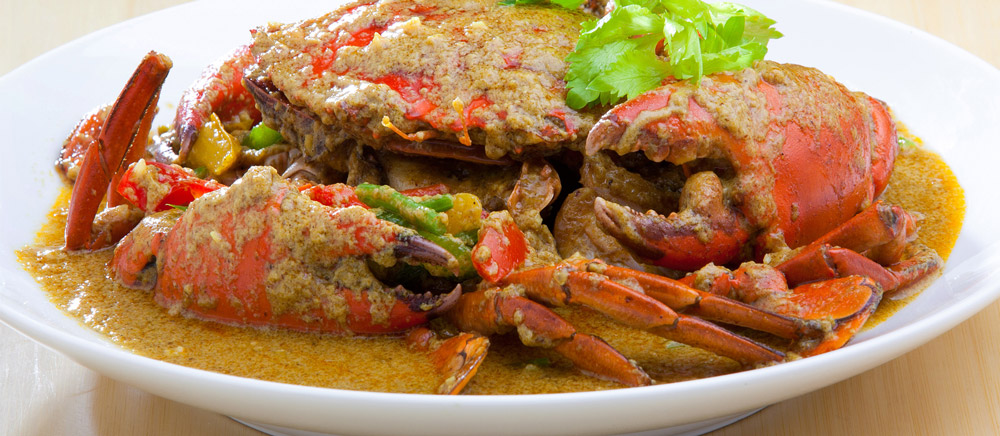
8. Eggplant (Wambatu Moju)
What It Is: A sweet and spicy pickle made from deep-fried eggplant, onions, chili, and mustard seeds.
Where to Find It:
- As an Accompaniment: Served with rice and curry meals across the country.
- Specialty Restaurants: Like Nuga Gama at Cinnamon Grand Hotel.
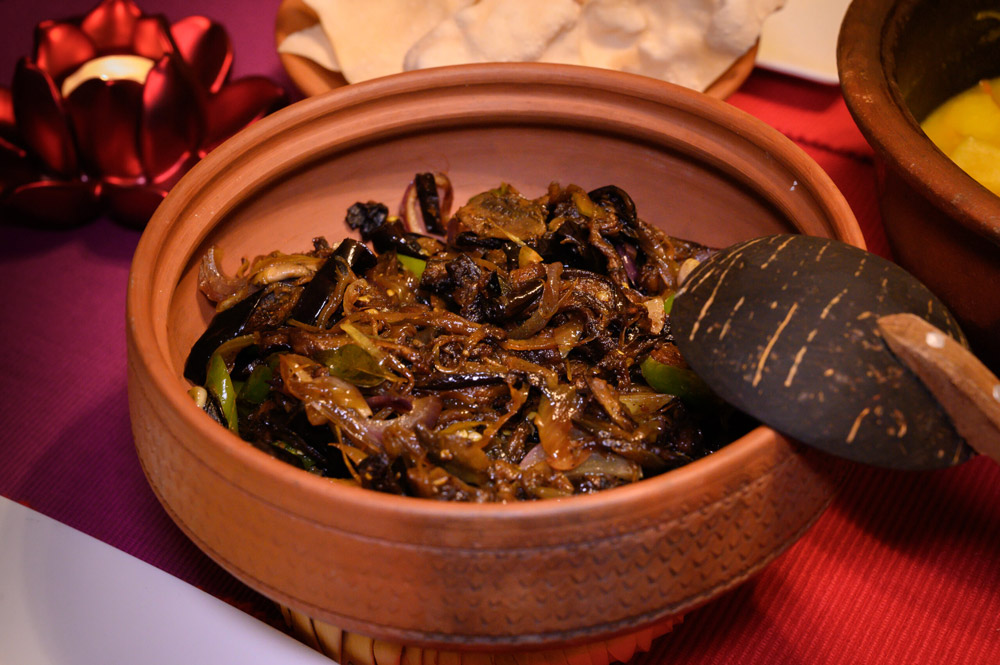
9. Sweets and Desserts
Must-Try Items:
- Watalappam: A coconut custard pudding made with coconut milk, jaggery, eggs, and spices.
- Kokis: Deep-fried, crispy snack made from rice flour.
- Kalu Dodol: A sticky, sweet candy made from coconut milk, jaggery, and rice flour.
Where to Find It:
- Sweet Shops: Such as The Fab and Perera & Sons in Colombo.
- Local Markets: Especially during festivals.
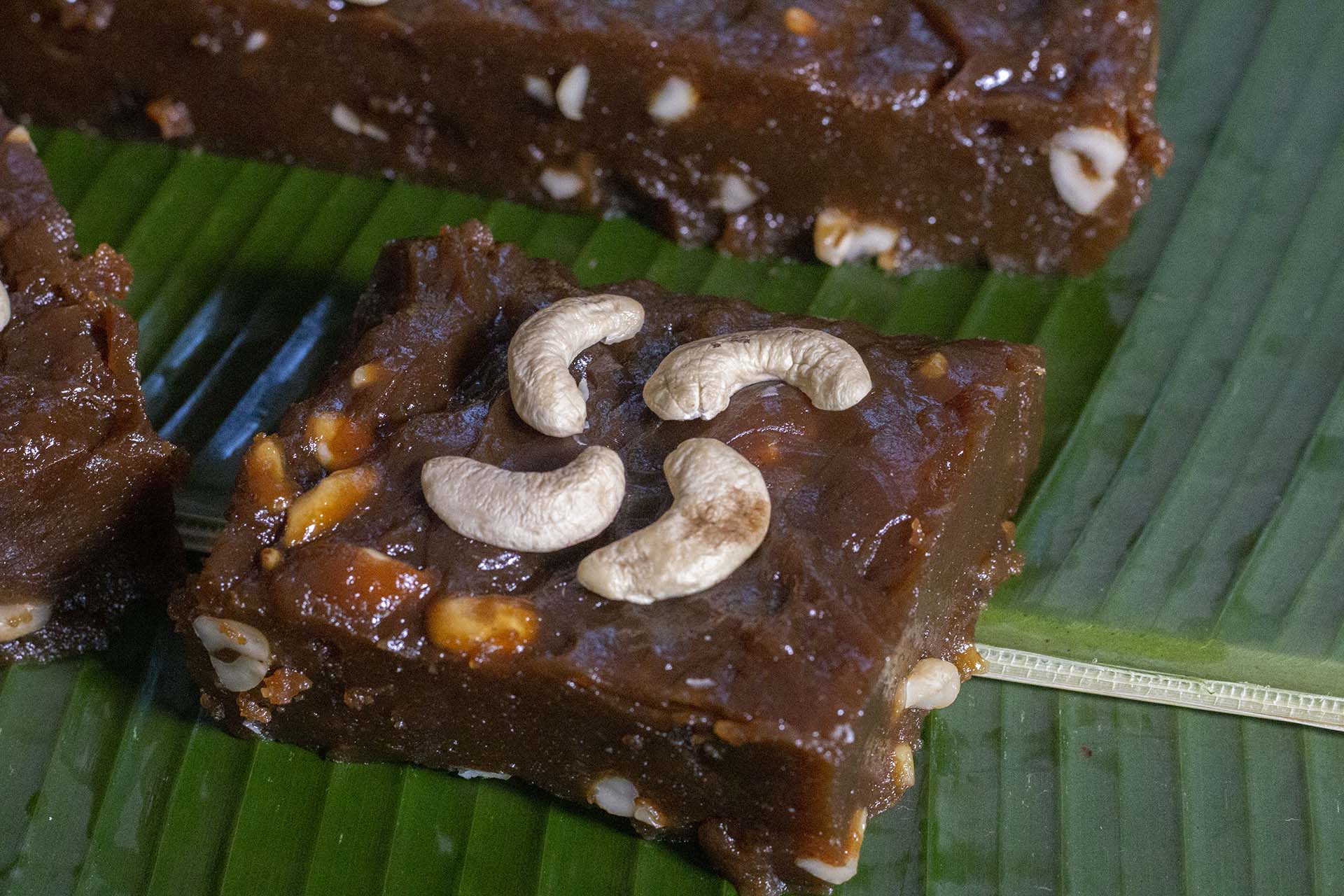
10. Beverages
What to Drink:
- Ceylon Tea: Sri Lanka is renowned for its high-quality black tea.
- Toddy: A fermented drink made from palm tree sap.
- King Coconut Water: Refreshing and hydrating, available from roadside vendors.
Where to Find It:
- Tea Plantations: Visit estates in Nuwara Eliya or Ella for fresh brews.
- Local Bars: For toddy and arrack (a distilled spirit from coconut flower sap).
- Roadside Stalls: King coconuts are sold throughout the country.
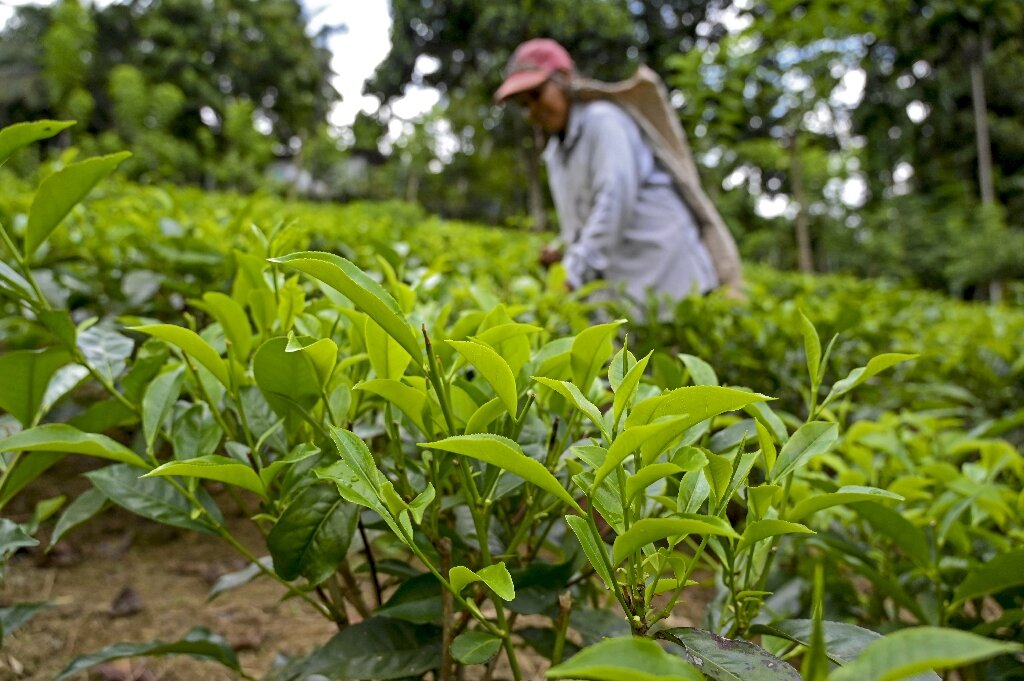
Regional Specialties
Northern Sri Lanka
- Jaffna Crab Curry: A fiery curry with distinct flavors.
- Odiyal Kool: A seafood soup thickened with palmyra root flour.
Where to Try:
- Mangos in Jaffna.
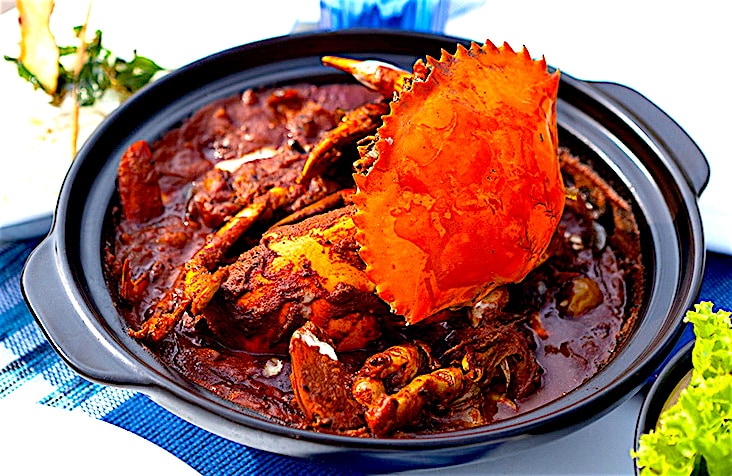
Eastern Sri Lanka
- Kottu Variations: With influences from Tamil culture.
- Uppuma: A savory semolina dish.
Where to Try:
- Local Restaurants in Batticaloa and Trincomalee.
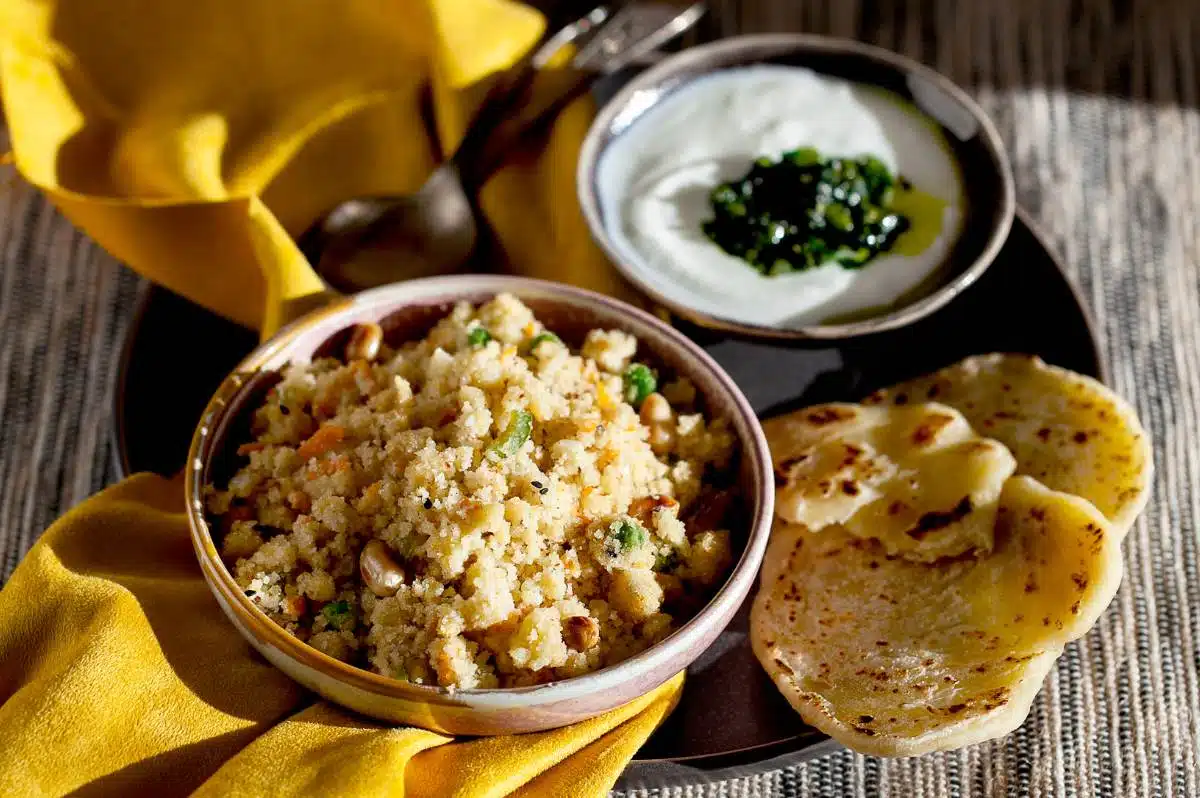
Central Highlands
- Vegetarian Dishes: Abundance of vegetable curries.
- Milk Toffee: A sweet made from condensed milk and cashews.
Where to Try:
- Kandy Muslim Hotel in Kandy.
- Bakeries in Nuwara Eliya.
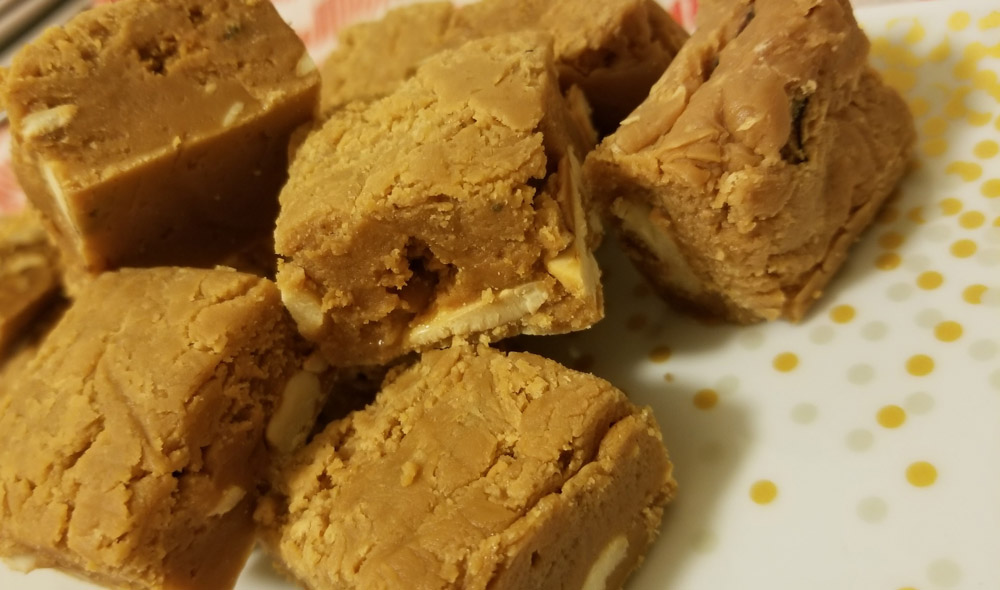
Street Food Delights
- Isso Wade: Deep-fried lentil cakes topped with prawns.
- Kottu Roti: As mentioned earlier, a street food staple.
- Samosas and Short Eats: Savory pastries filled with meat or vegetables.
Where to Find It:
- Galle Face Green in Colombo during evenings.
- Pettah Market in Colombo.
- Fort Railway Station Area.
.jpg)
Vegetarian and Vegan Options
Sri Lankan cuisine is very accommodating for vegetarians and vegans due to the extensive use of vegetables, lentils, and coconut milk.
Popular Dishes:
- Parippu (Dhal Curry)
- Pumpkin Curry
- Beetroot Curry
- Gotu Kola Sambol
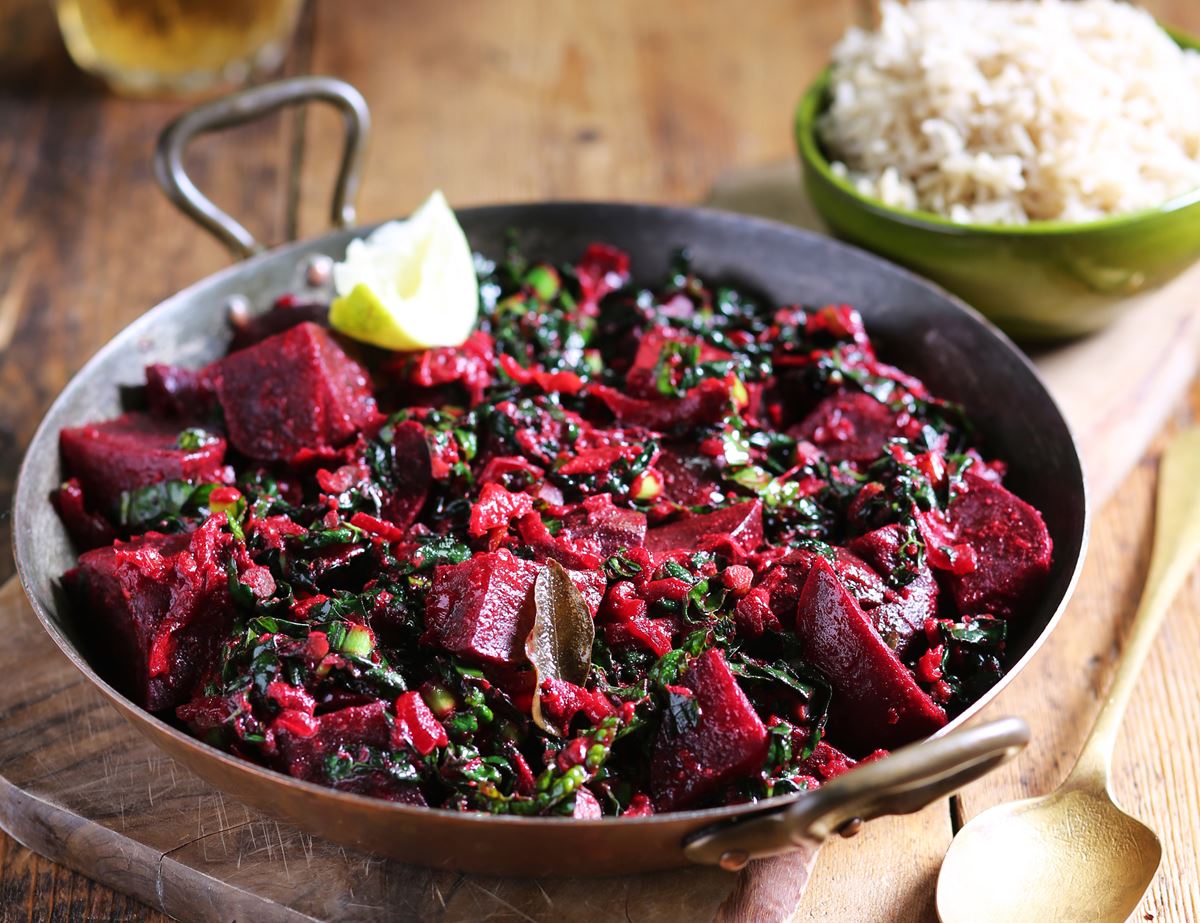
Where to Find It:
- Govinda’s Vegetarian Restaurant in Colombo.
- Mango Tree in Colombo.
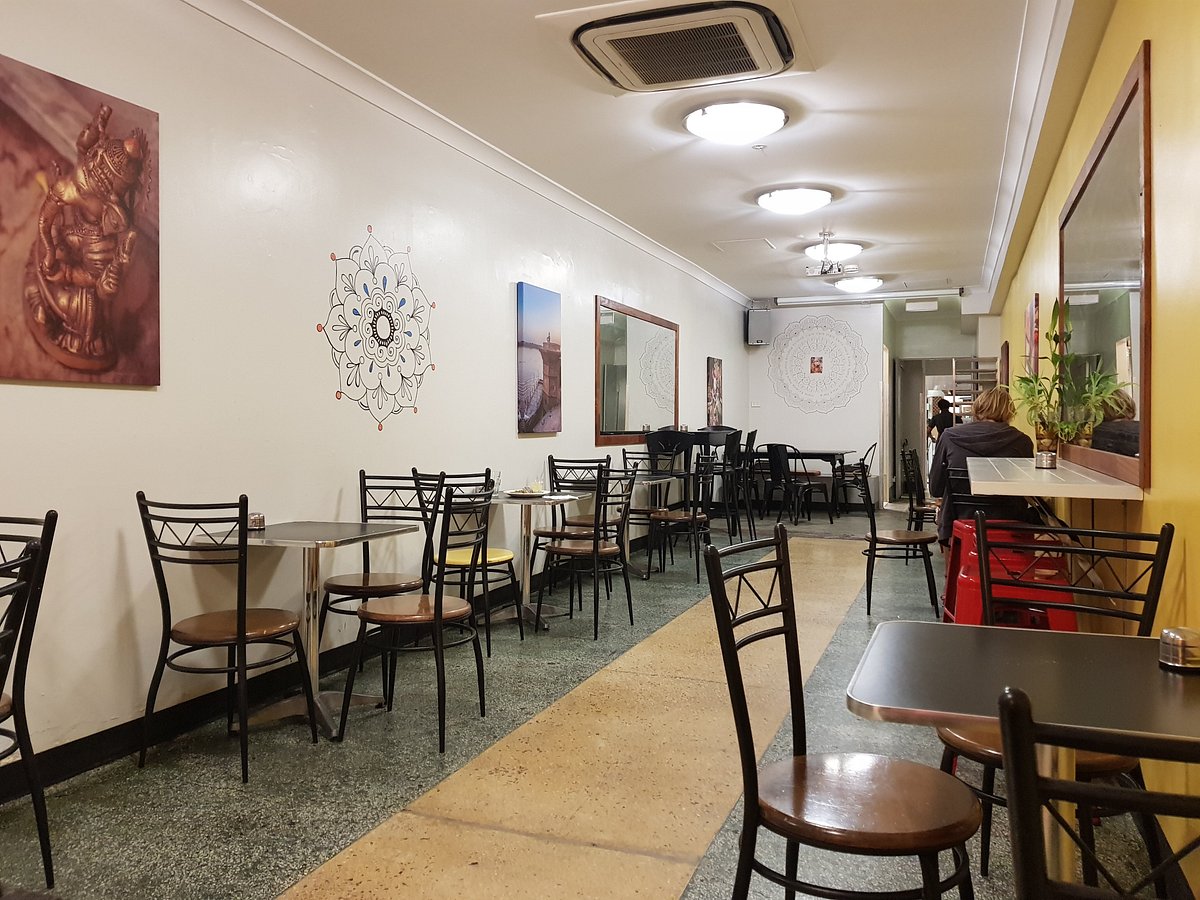
Cooking Classes
For those interested in learning how to prepare Sri Lankan dishes:
- Spice Cooking Class in Kandy.
- Ella Spice Garden in Ella.
- Rice & Carry in Weligama.

Tips for Food Lovers
- Spice Levels: Sri Lankan food can be very spicy. Don’t hesitate to ask for milder versions if needed.
- Hygiene: Stick to busy eateries and avoid raw foods from street vendors to prevent stomach issues.
- Cultural Etiquette: Eating with the right hand is customary. Wash your hands before and after meals.
- Dietary Restrictions: Communicate any dietary needs clearly, as some dishes may contain unexpected ingredients.
Conclusion
Sri Lanka’s culinary scene is as vibrant and diverse as its culture and landscapes. Each dish tells a story, reflecting the island’s history and the myriad of influences that have shaped it. Whether you’re indulging in a hearty plate of rice and curry at a local eatery, savoring seafood by the beach, or learning to cook traditional dishes yourself, the flavors of Sri Lanka are sure to leave a lasting impression. So start on this gastronomic adventure and discover the rich tastes that make Sri Lankan cuisine truly unique.
Additional Resources
- Food Festivals: Plan your visit around events like the Colombo Food Festival.
- Books: “Sri Lankan Flavours” by Channa Dassanayaka for recipes and insights.
- Websites: Visit local food blogs like The Gastronomer’s Diary for up-to-date recommendations.
Bon Appétit! Enjoy your culinary journey through Sri Lanka!
